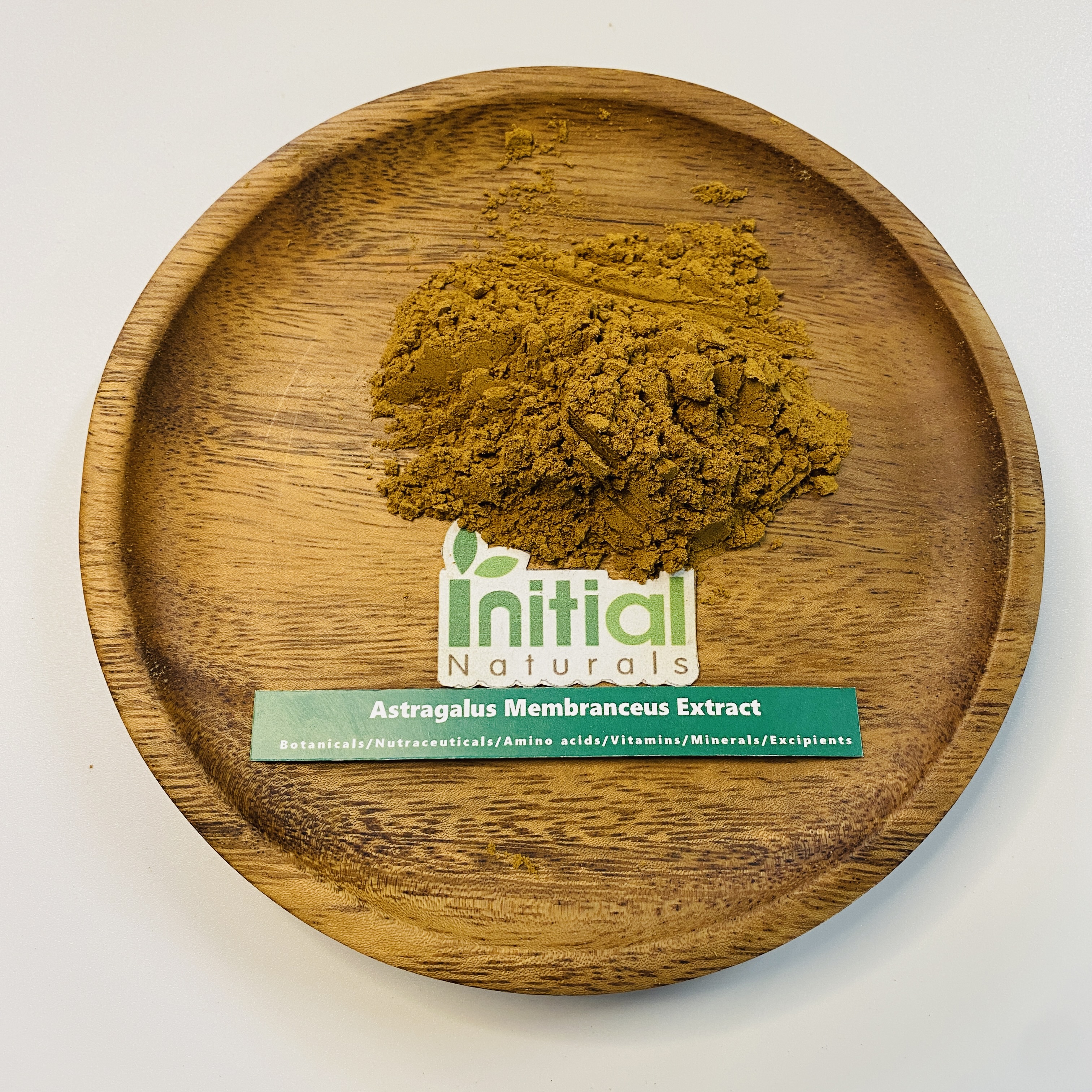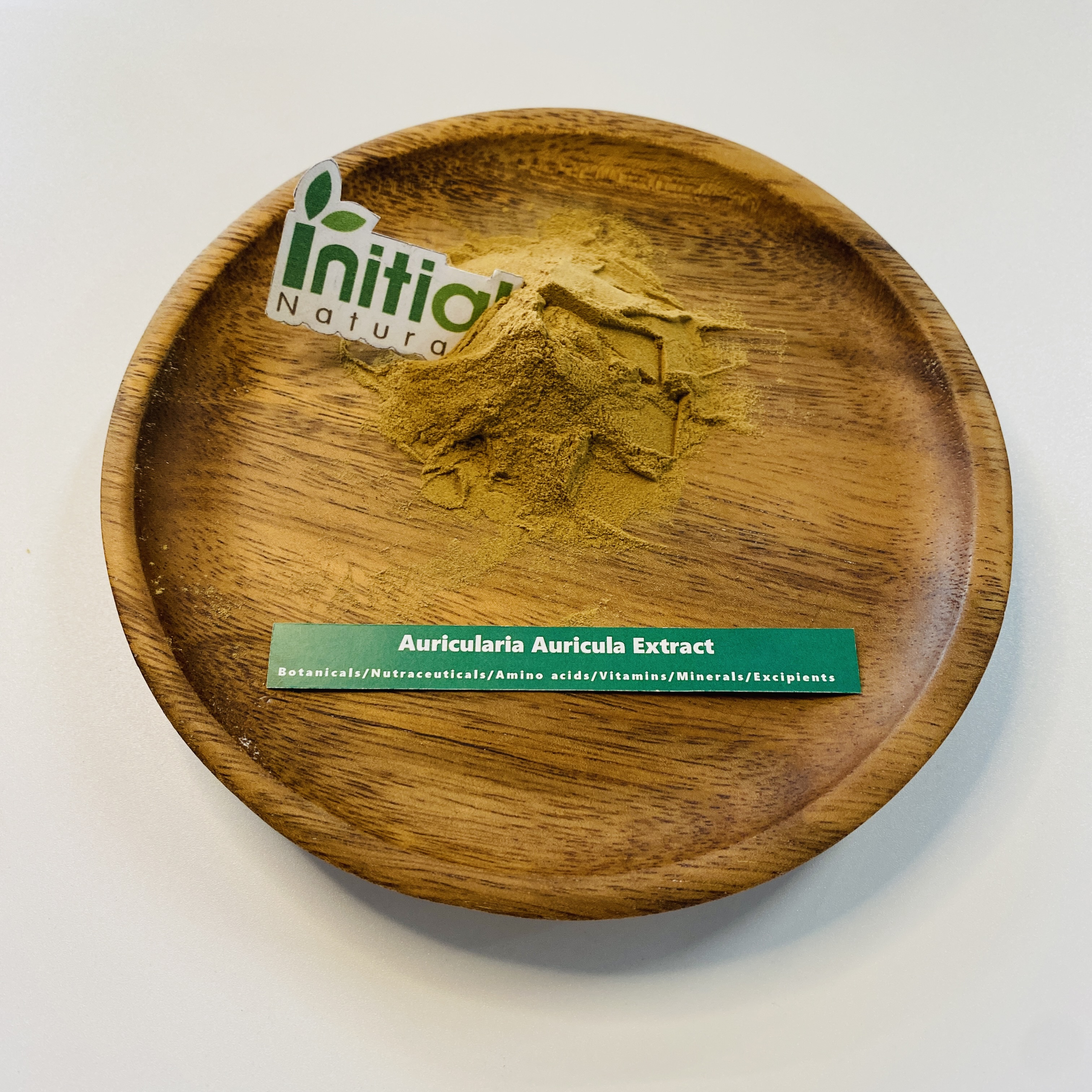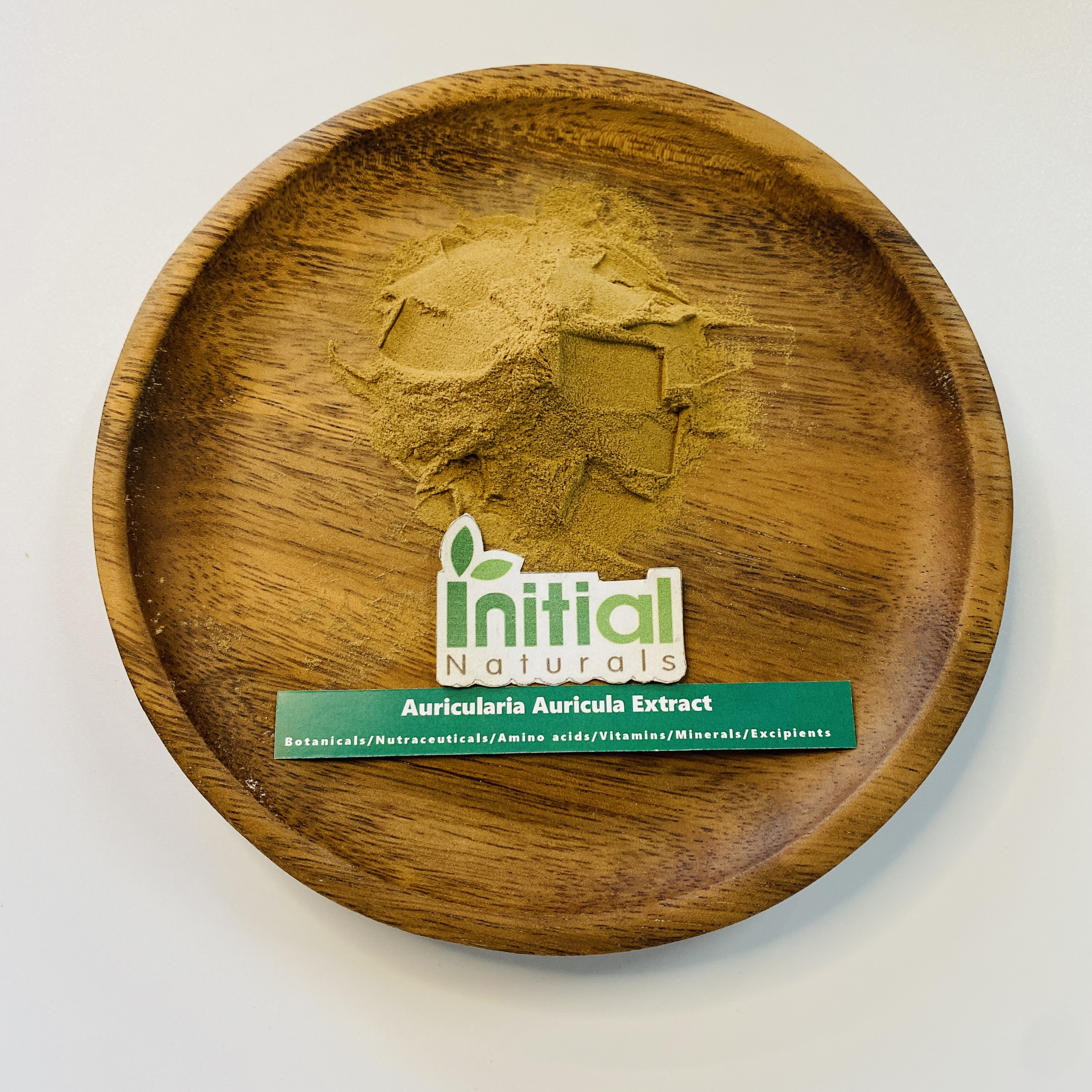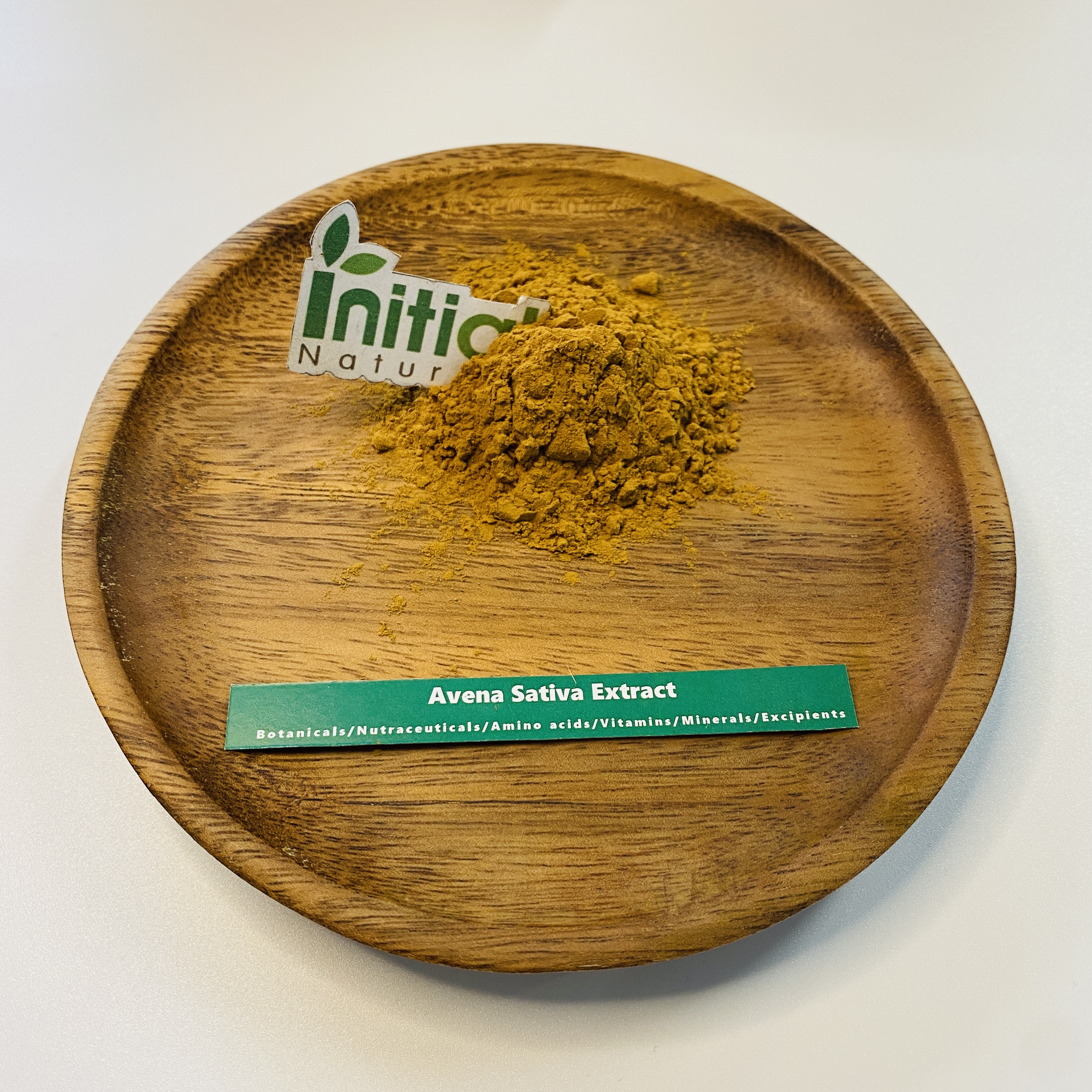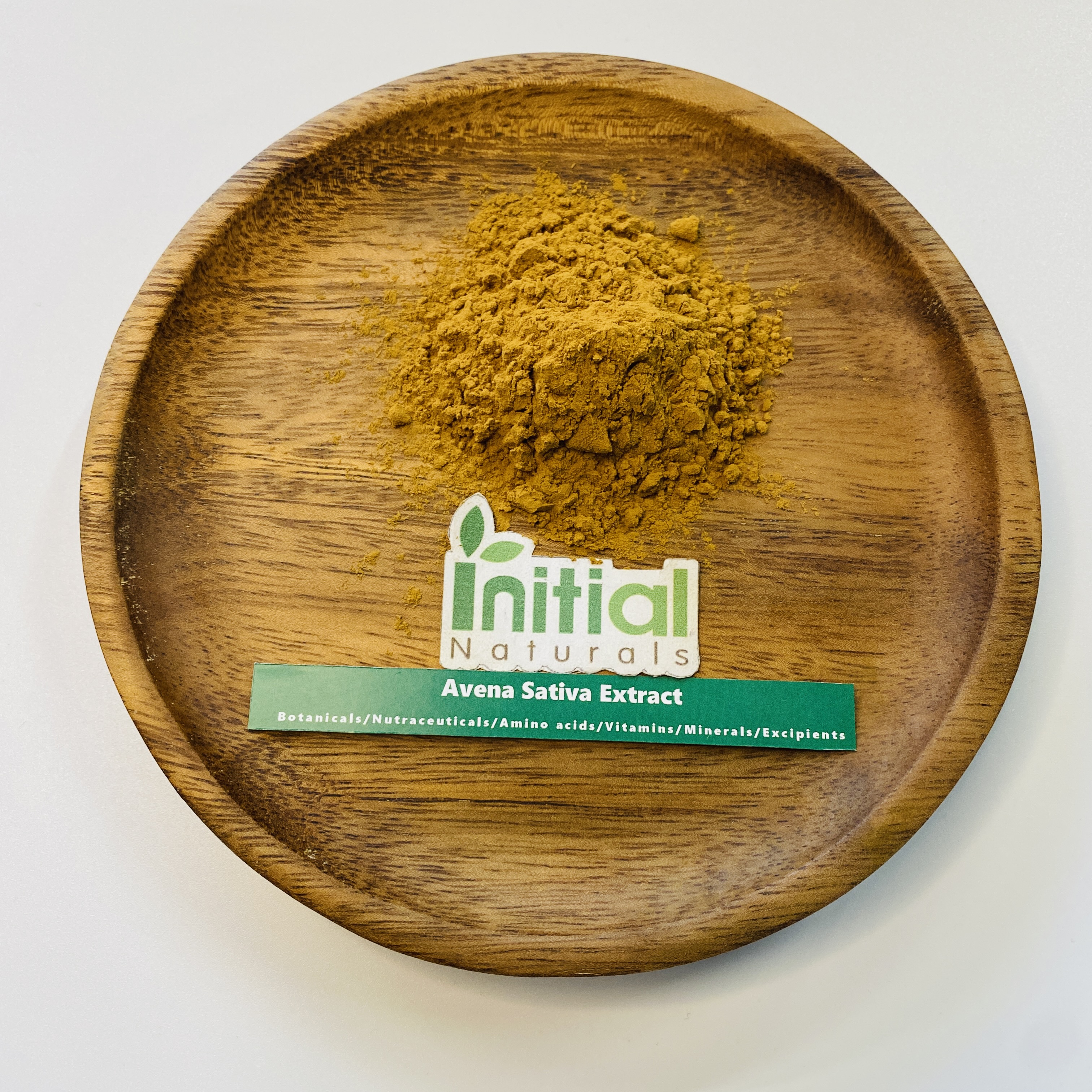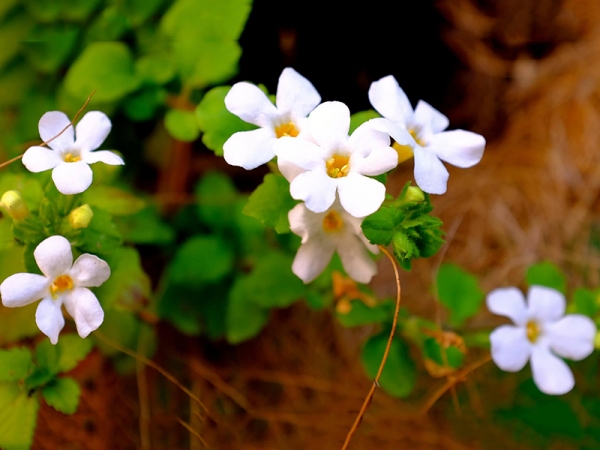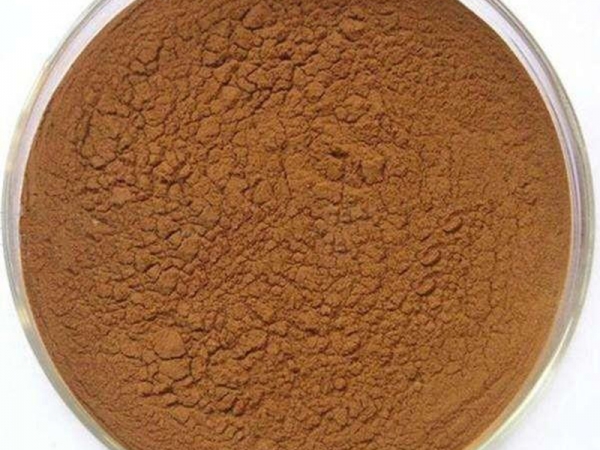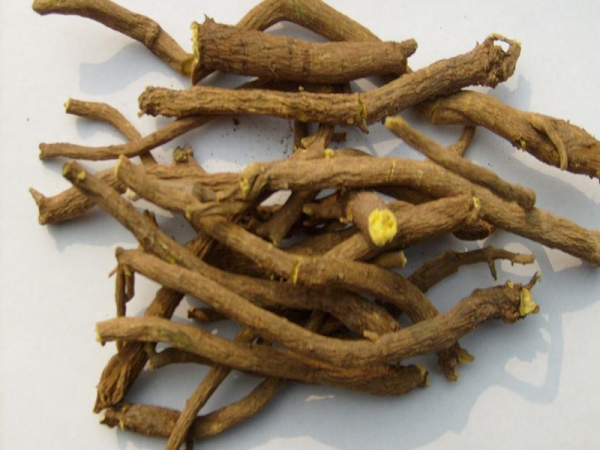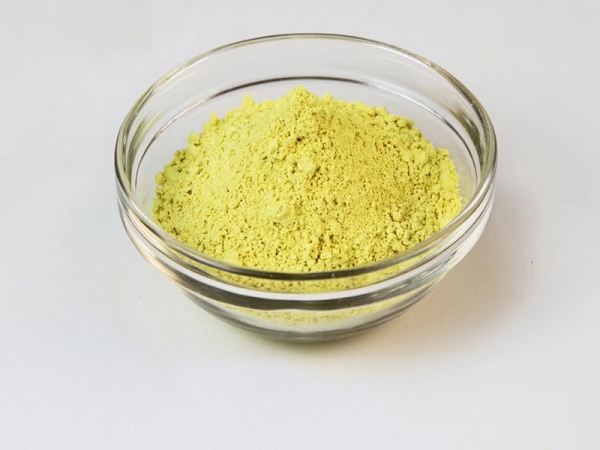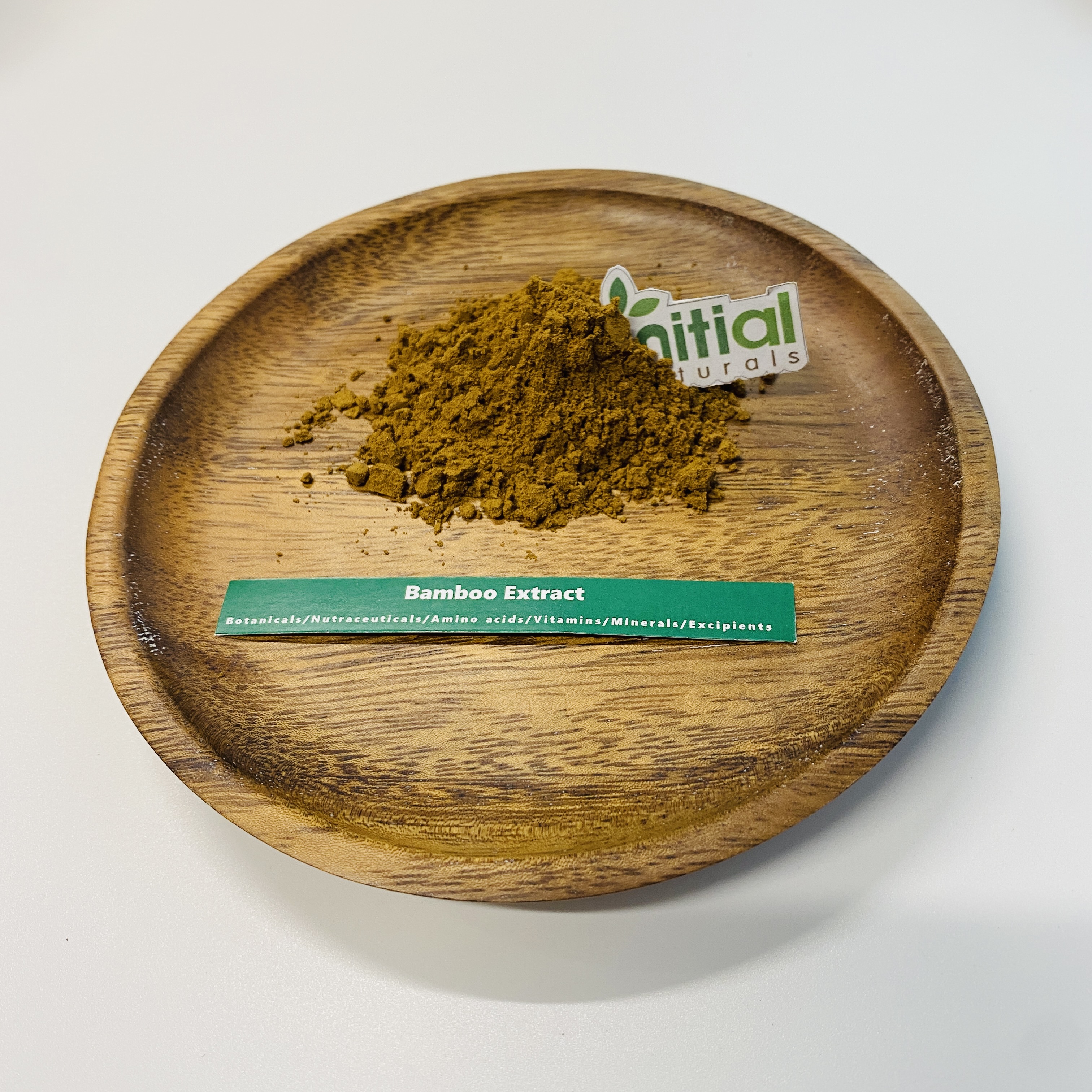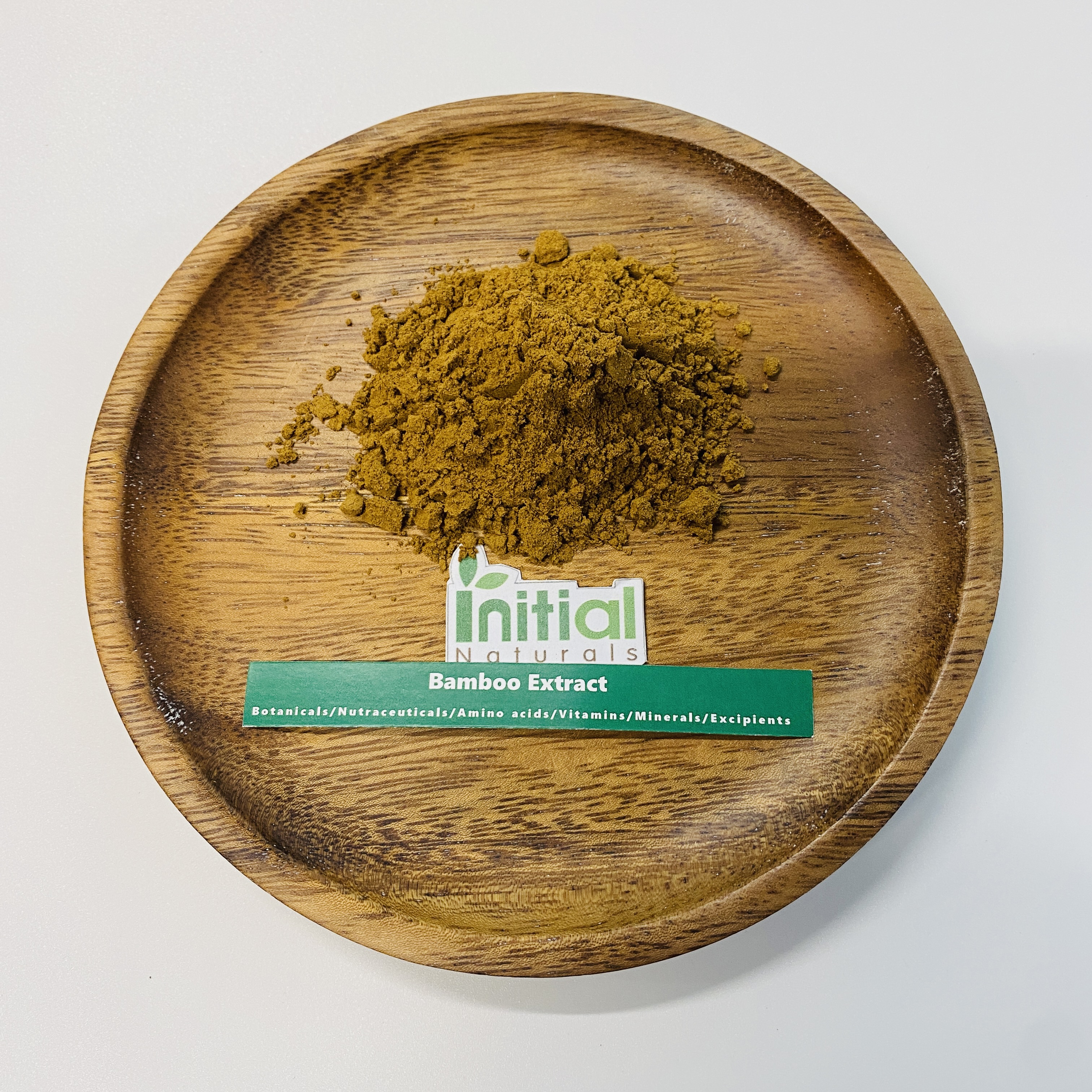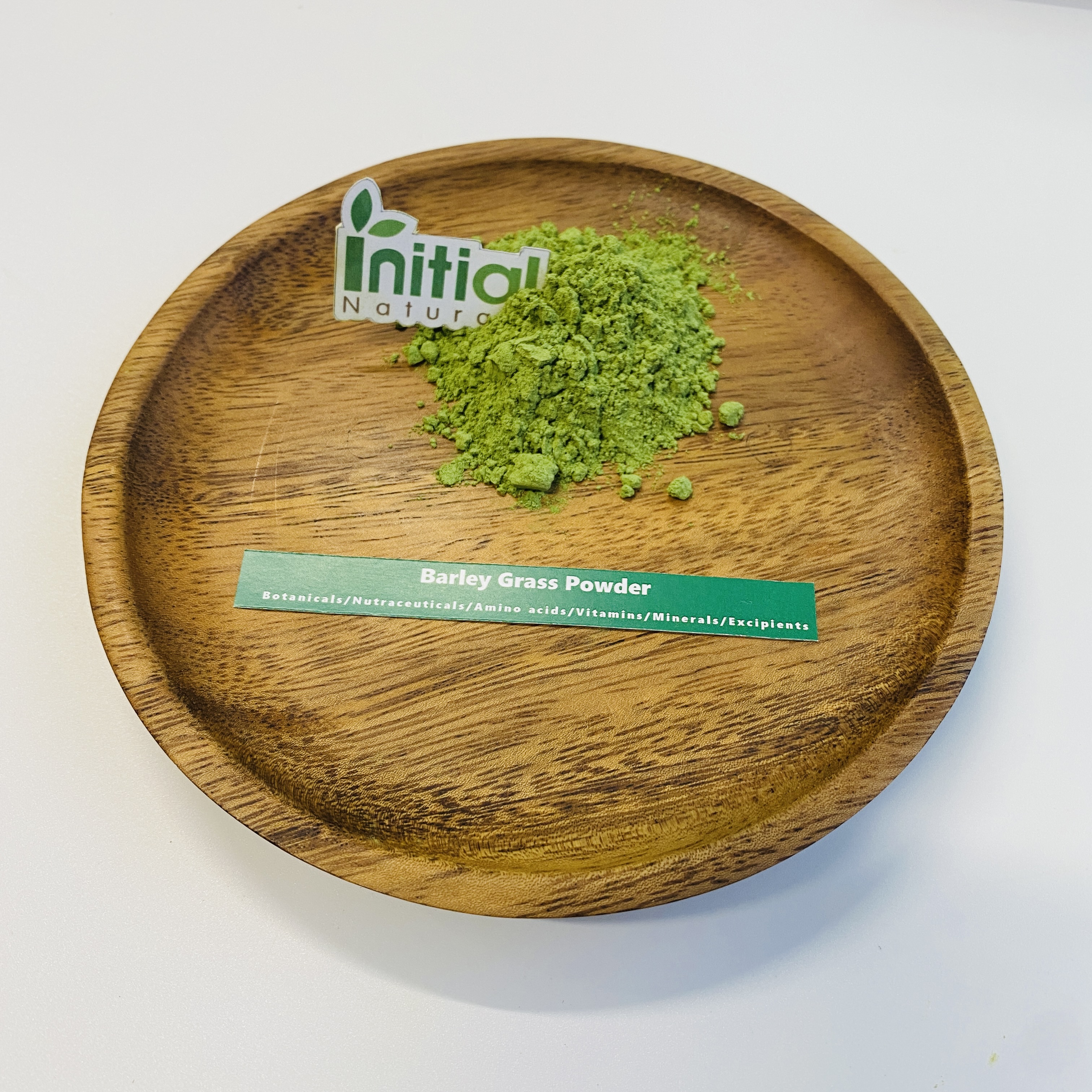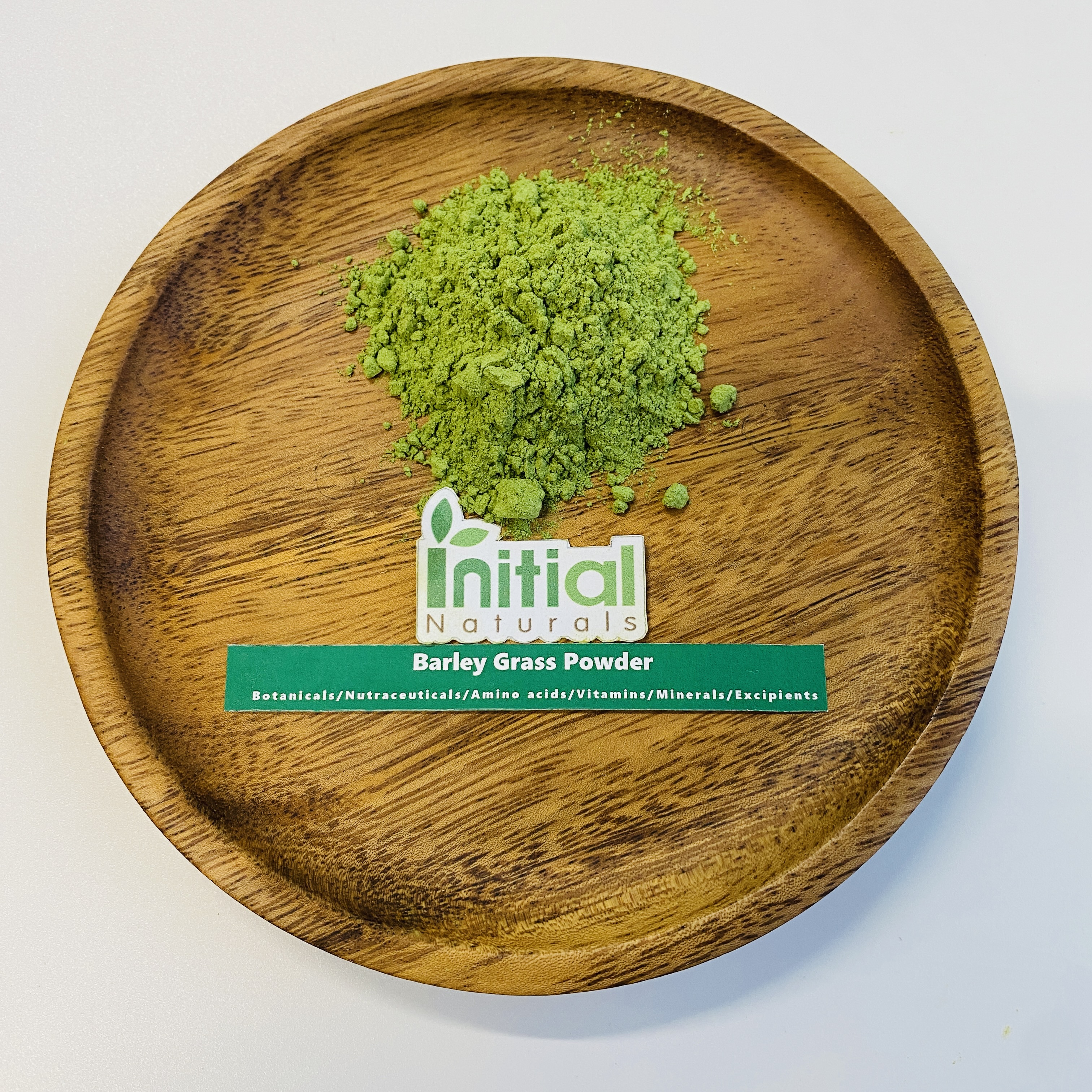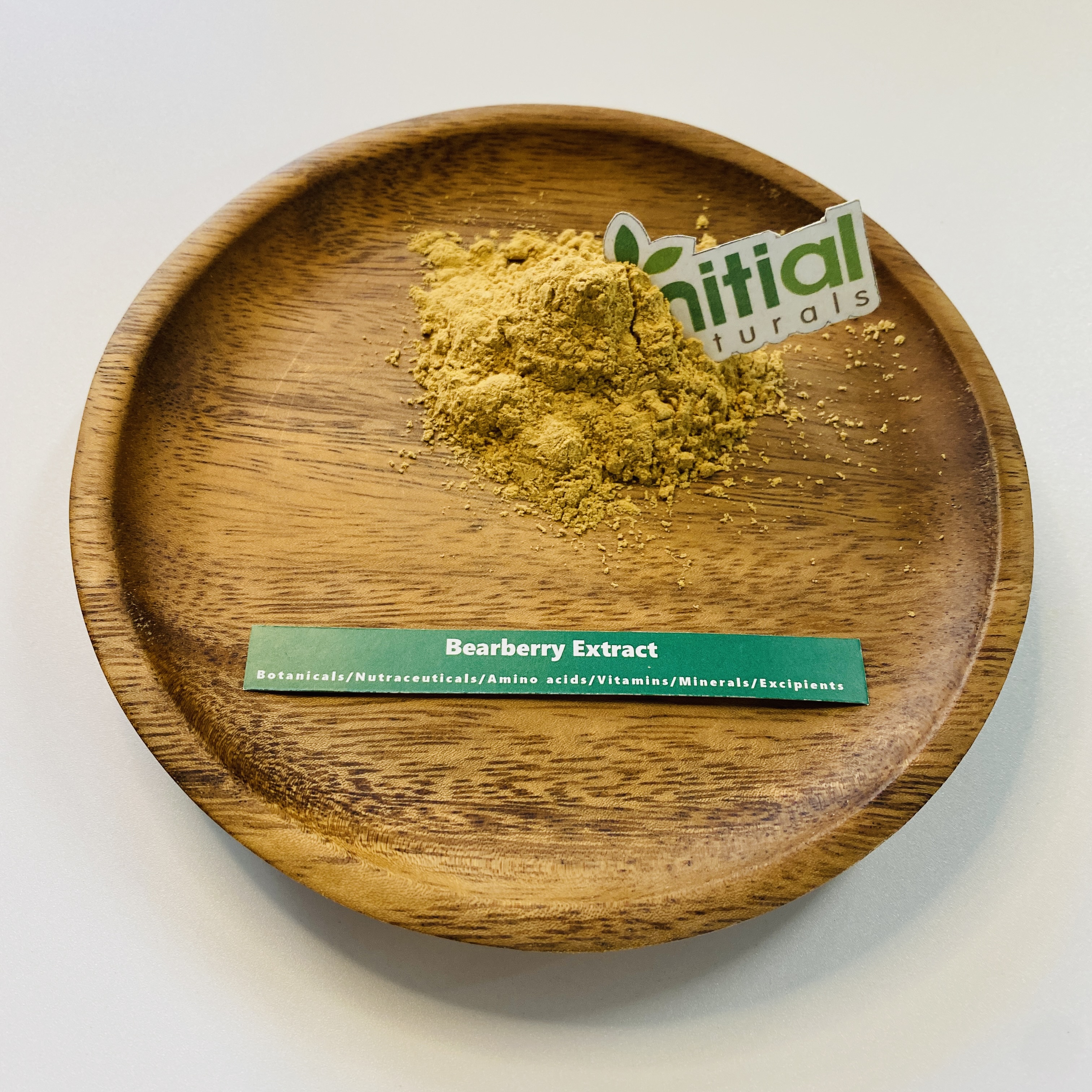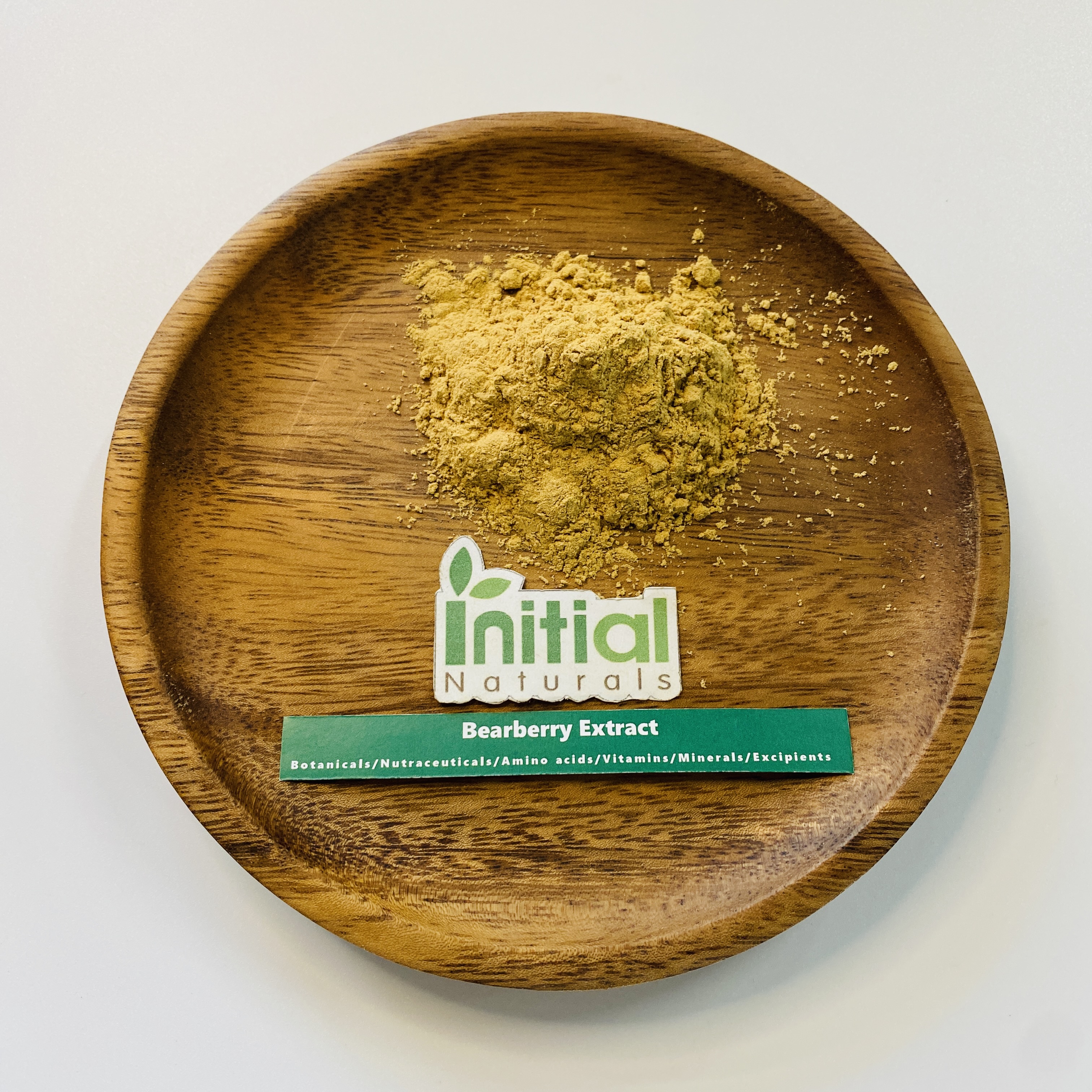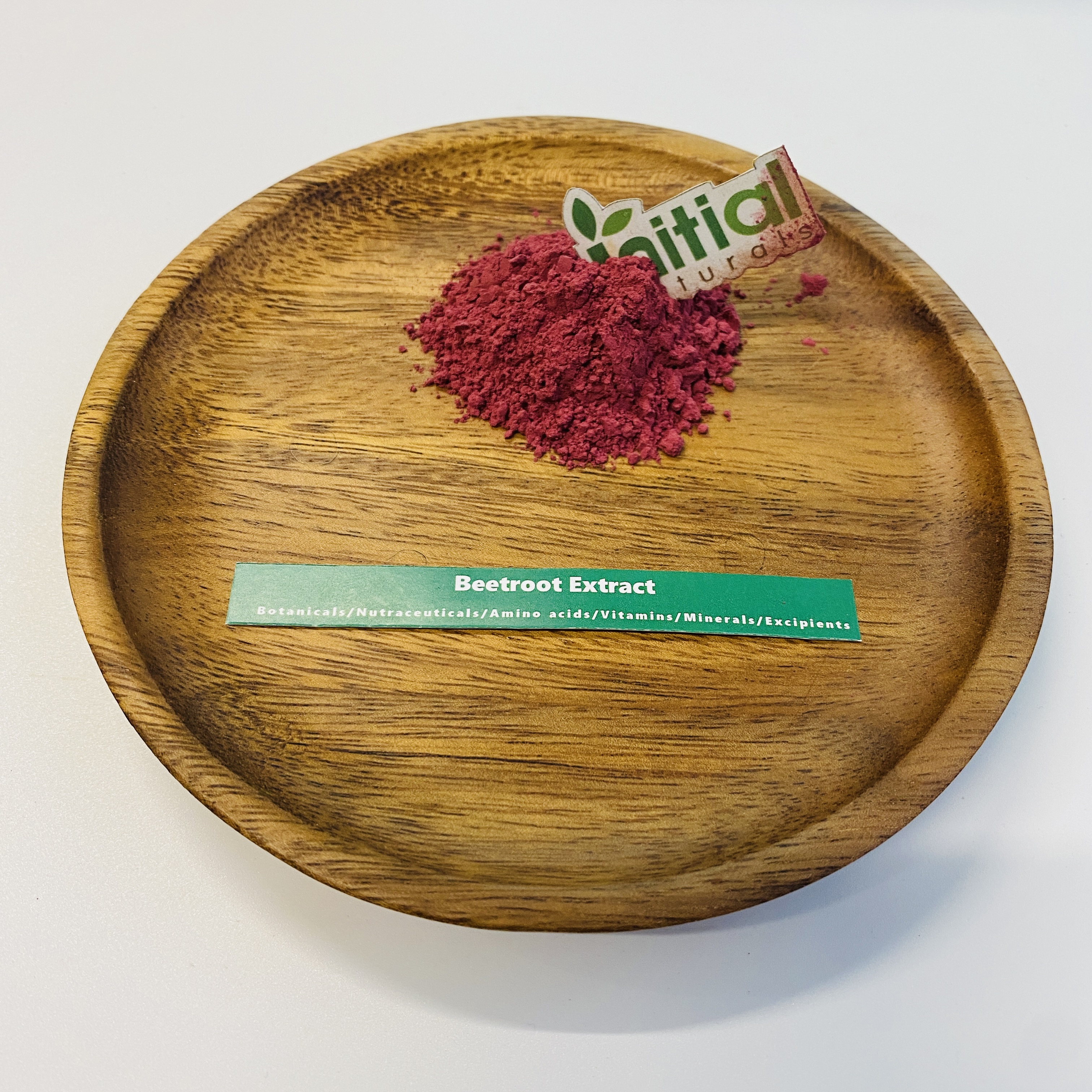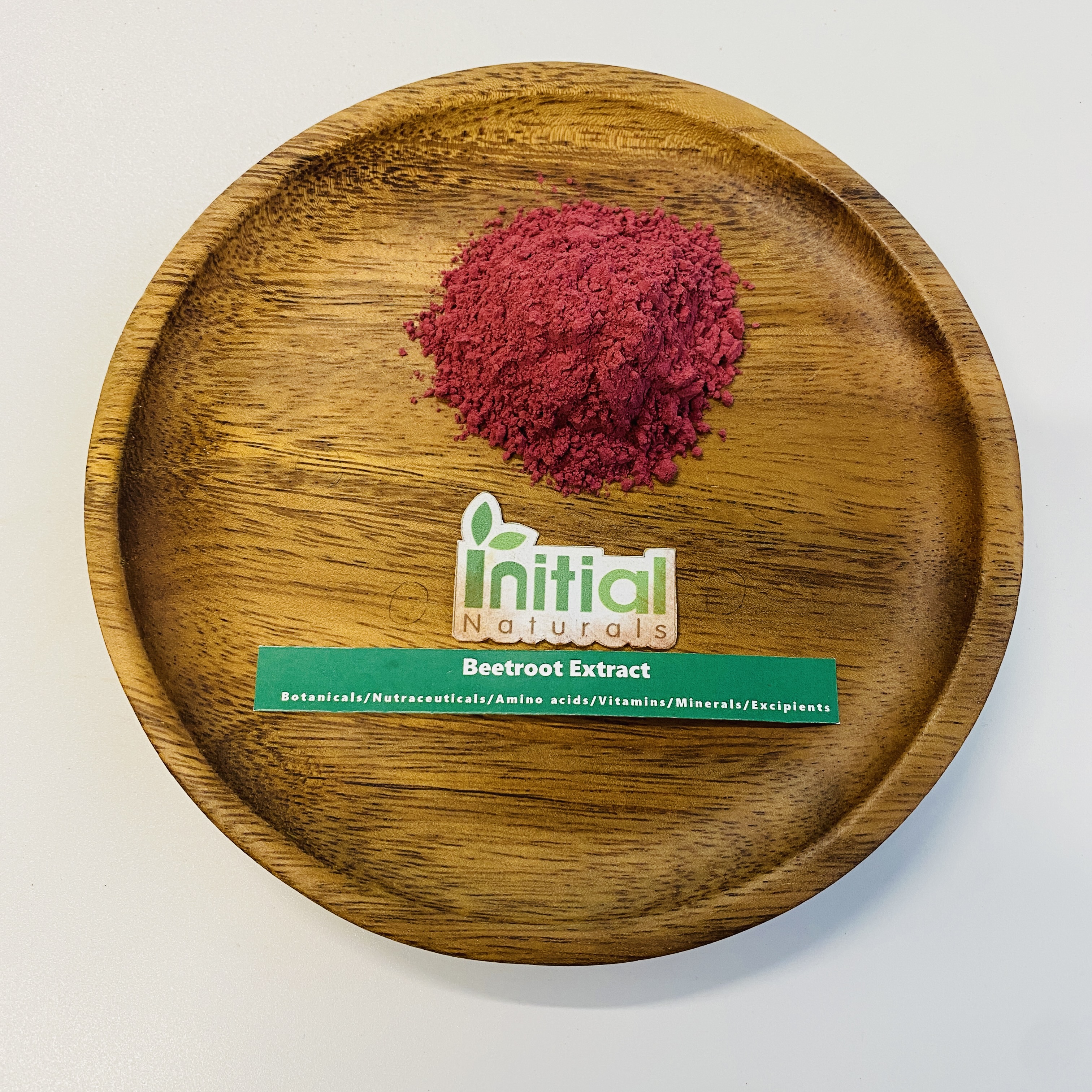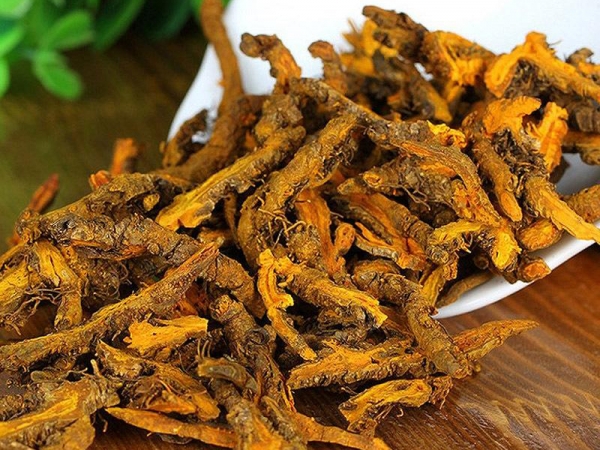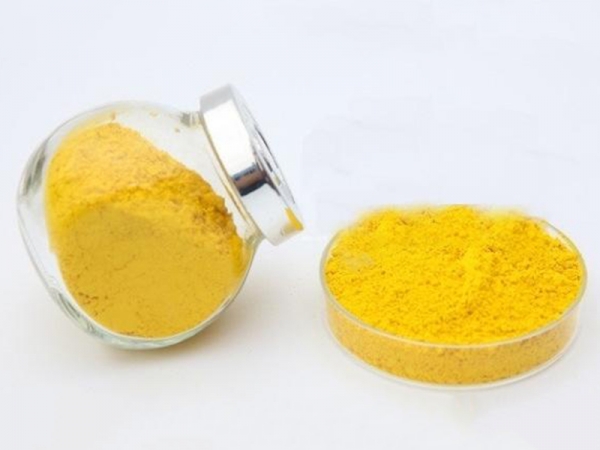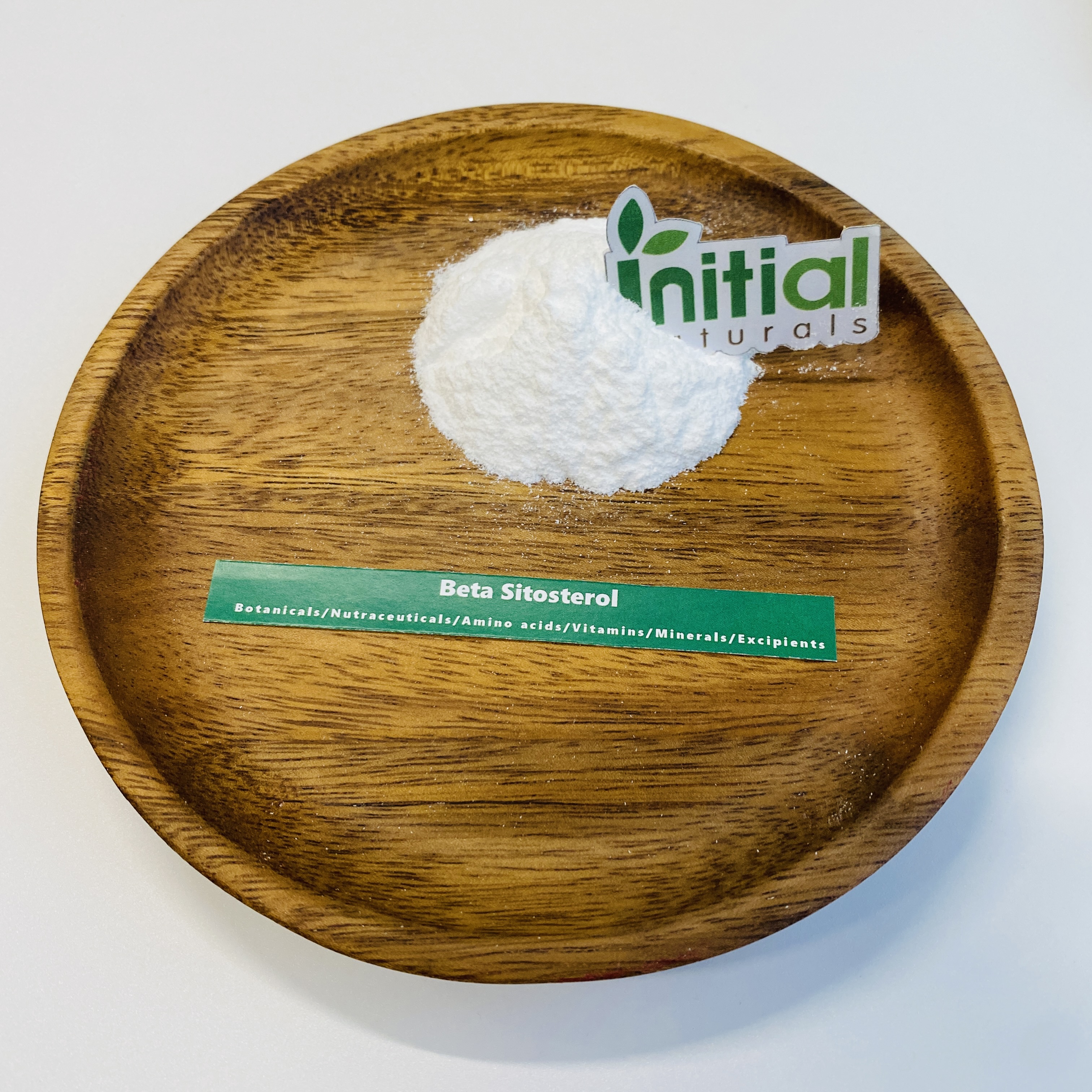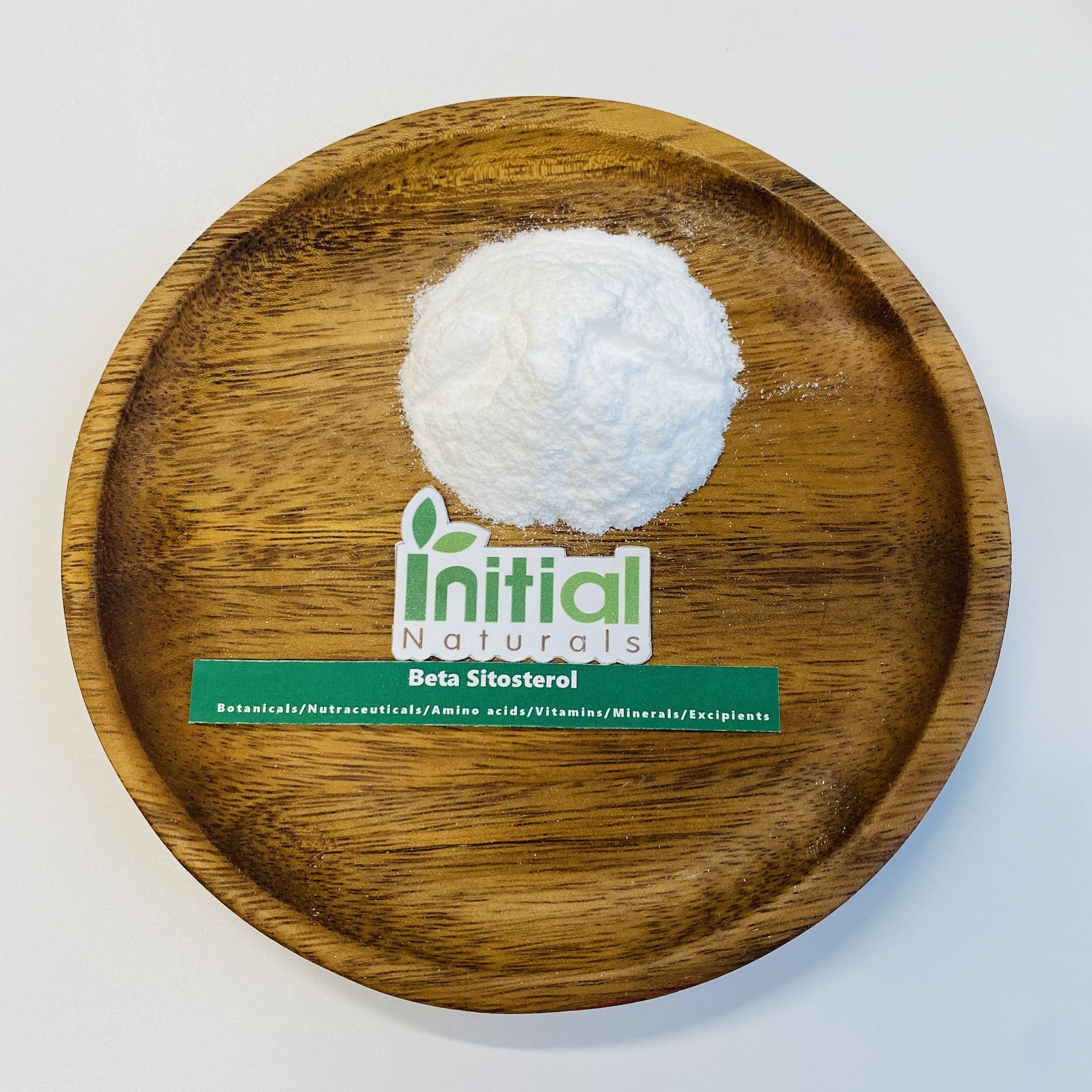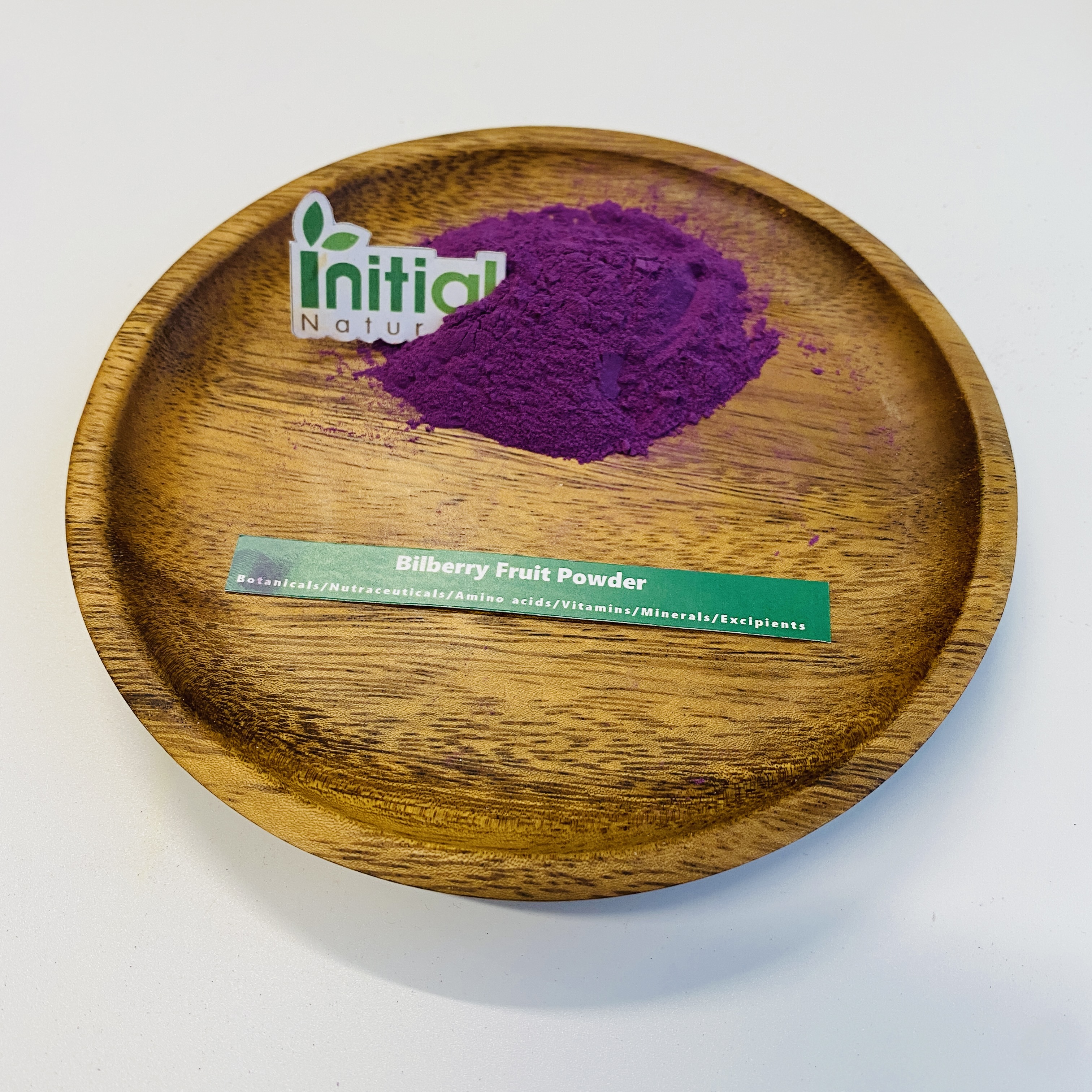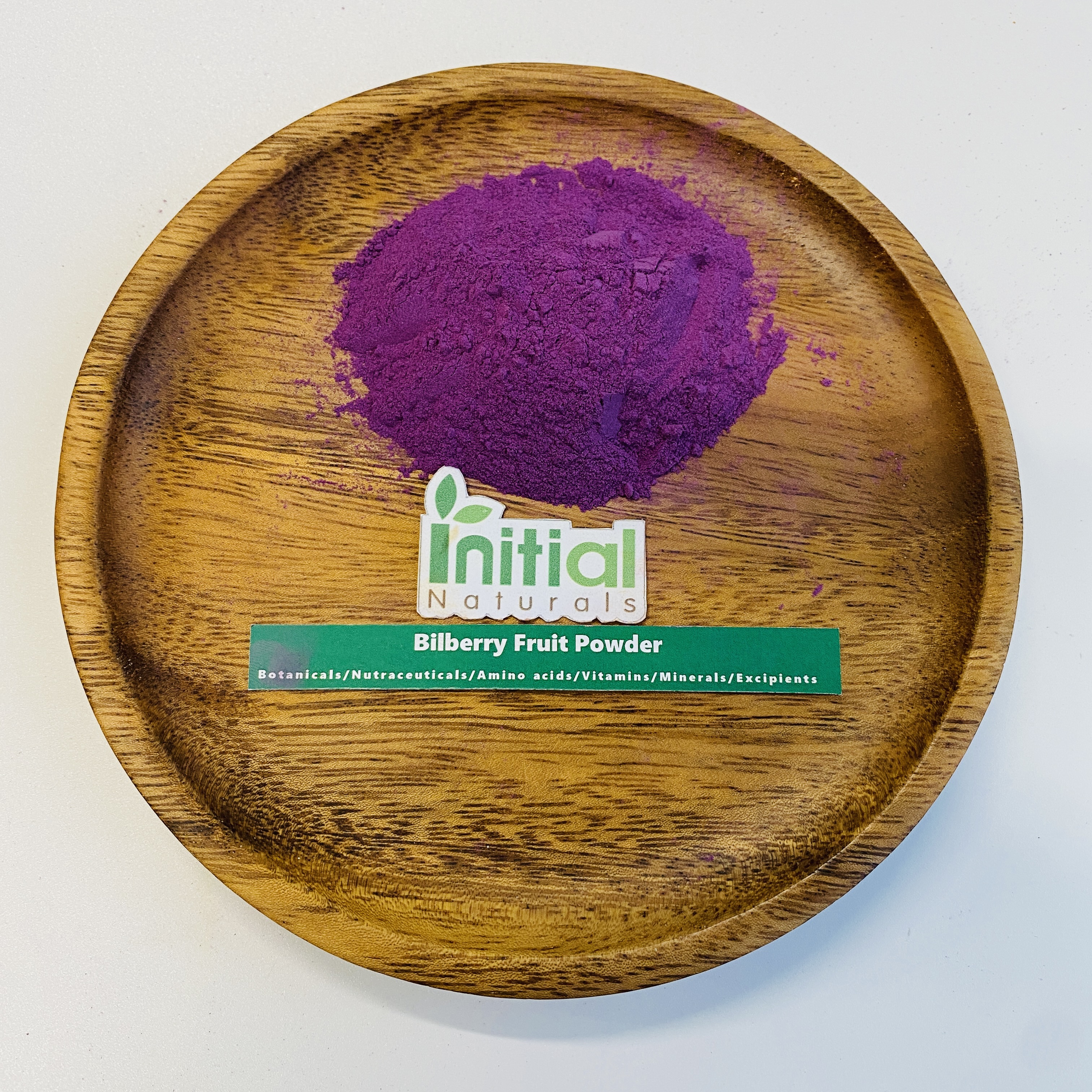Astragalus is a plant within the Leguminosae (beans or legumes) family, with a very long history as an immune system booster and disease fighter. Its roots are in Traditional Chinese Medicine, in which it’s been used as an adaptogen for thousands of years — meaning it helps the body fight off stress and disease. Today, astragalus medicinal healing and treatment uses span many different illnesses and diseases.
-


-


The fruiting body of Auricularia auricula contains acid mucopolysaccharide, which is composed of L-fucose, L-arabinose, D-xylose, D-mannose, D-glucose and glucuronic acid, and is in the shape of gray-white filaments.Black Pigment, isolated from the fruitbody of agaric fungus, is a colored polysaccharide peptide consisting of glucose, mannose, galactose, fucose and a short peptide chain, which disintegrates into monosaccharides without color, soluble in water, and has the physiological activity of enhancing the immune function of the body.
-


Avena Sativa extract mainly contains β-glucan and flavonoids compounds and a variety of antioxidant substances, has excellent anti-aging effect, can smooth fine wrinkles, improve skin texture.The largest oat producer country is Russia, China oat cultivation is mainly in the northeast region.
-

 The plant form of pseudopurslane is, the leaves are sessile, rectangular oblanceolate, 8-20 mm long, 3-6 mm wide, the tip is round and blunt, and there are few teeth.Flowers solitary leaf axils, pedicels 0.5-3.5 cm long, calyx with a pair of striped bracteoles.Capsule long ovate, apical acute, enclosed in persistent calyx, 4 valves split.Seeds elliptic, one end truncated, yellow-brown, surface with longitudinal ribbed.Flowering from May to October.Mainly distributed in the tropics of the world;In China, it is distributed in Taiwan, Fujian, Guangdong and Yunnan.Grows along watersides, wetlands and beaches.
The plant form of pseudopurslane is, the leaves are sessile, rectangular oblanceolate, 8-20 mm long, 3-6 mm wide, the tip is round and blunt, and there are few teeth.Flowers solitary leaf axils, pedicels 0.5-3.5 cm long, calyx with a pair of striped bracteoles.Capsule long ovate, apical acute, enclosed in persistent calyx, 4 valves split.Seeds elliptic, one end truncated, yellow-brown, surface with longitudinal ribbed.Flowering from May to October.Mainly distributed in the tropics of the world;In China, it is distributed in Taiwan, Fujian, Guangdong and Yunnan.Grows along watersides, wetlands and beaches. -

 Skullcap may sound like the hat you put on your head during the winter months, but in this case, it’s actually a medicinal plant that’s long been used for healing purposes, particularly in Traditional Chinese Medicine.This medicinal plant references two herbs: American skullcap (Scutellaria lateriflora) and Chinese skullcap (Scutellaria baicalensis), with each being used to improve different conditions.
Skullcap may sound like the hat you put on your head during the winter months, but in this case, it’s actually a medicinal plant that’s long been used for healing purposes, particularly in Traditional Chinese Medicine.This medicinal plant references two herbs: American skullcap (Scutellaria lateriflora) and Chinese skullcap (Scutellaria baicalensis), with each being used to improve different conditions. -


Bamboo leaf has a long history of food and medical application in China,and has recently been listed by Ministry of Health PRC into the list of natural plants with dual-purposes as food and drug.According to the related research work,effective ingredients: of bamboo leaf extract include flavone,phenolic acid,lactone,polyose,amino acid,microelements,etc,with enhanced effects of anti-radical and blood vessel disease,protecting liver,expansion of blood capillary, smoothing microcirculation,improving retentive faculty,improving sleep quality,anti-cancer and skin beauty.
-


Barley Grass is the young grass of the common Barley plant called Hordeum vulgare. This edible grass is either juiced into a “barley grass shot” or milled down into a fine green powder that’s used to create a multipurpose product for both humans and animals. What does barley grass taste like? It definitely does taste grassy and also mildly sweet.
Can you eat barleygrass raw? You can eat the young sprouts whole and raw, but more often they are juiced raw and consumed as a liquid. There are some other options as well. -


Arbutin is a natural active substances from green plants, mainly extraction in bearberry leaves, it can quickly penetrate into skin, in does not affect cell proliferation concentration at the same time, can effectively inhibit the activity of tyrosinase in the skin, blocking the formation of melanin, combining itself and cheese ammonia enzyme directly, accelerate the melanin's decomposition and discharge, thus reducing the skin pigment deposition, remove spots and freckles, and on the melanin cell does not produce toxic, stimulating and allergenic effects, as well as the role of sterilization, anti-inflammatory.It is the safest and most effective whitening material and the ideal skin whitening and freckling active agent in the 21st century.
-


The beetroot taste is described as sweet, earthy and tender to eat. Grown in the ground, it’s related to turnips, swedes and sugar beet. When compared with beet benefits, drinking beetroot juice provides a more sudden boost of ascorbic acid, vitamin E, carotenes, phenolic acids and phytoestrogens to the body. This helps improve cardiac and immunity function.
Drinking beetroot juice also introduces a greater concentration of potassium than when eating the vegetable. Beetroot juice provides more nutritious value than consuming cooked beats because the heat reduces the nutrient content. Drinking beetroot juice is one of the best ways to detoxify the body — boosting the function of all bodily systems. -

 Berberine (also known as berberine hydrochloride) is a natural isoquinoline alkaloid found in a wide variety of herbs, including goldenseal, barberry, goldthread, Oregon grape and tree turmeric.Within these plants, the berberine alkaloid can be found in the stem, bark, roots and rhizomes (rootlike subterranean stems) of the plants. It has a deep yellow color — so much so that it has been used as a natural dye.
Berberine (also known as berberine hydrochloride) is a natural isoquinoline alkaloid found in a wide variety of herbs, including goldenseal, barberry, goldthread, Oregon grape and tree turmeric.Within these plants, the berberine alkaloid can be found in the stem, bark, roots and rhizomes (rootlike subterranean stems) of the plants. It has a deep yellow color — so much so that it has been used as a natural dye. -


Beta-sitosterol is a substance found in plants. Chemists call it a plant sterol ester. It is found in fruits,vegetables,nuts,and seeds. It is used to make medicine.Beta-sitosterol is most commonly used for lowering cholesterol levels and improving symptoms of an enlarged prostate (benign prostatic hyperplasia or BPH).In foods, beta-sitosterol is added to some margarines (Take Control,for example) that are designed for use as part of a cholesterol-lowering diet and for preventing heart disease.
-


Bilberry is also known as European blueberry, whortleberry, huckleberry and blaeberry and is a relative of blueberry, cranberry, and huckleberry. It looks and tastes much like the American blueberry, but is usually a bit smaller, and it is sometimes called blueberry because of their similarity and usually grows in heaths, meadows and moist coniferous forests, thriving best in moderate shade and moderately humid ground conditions.



